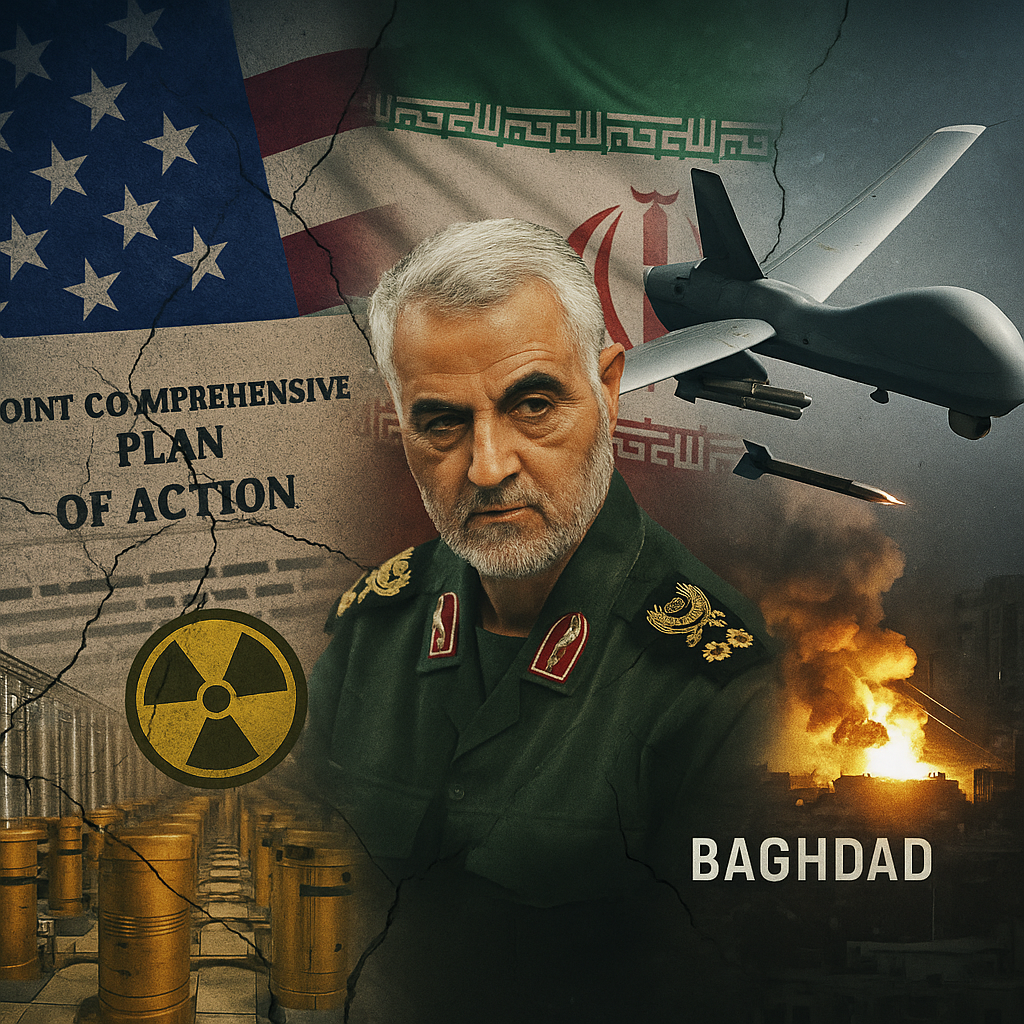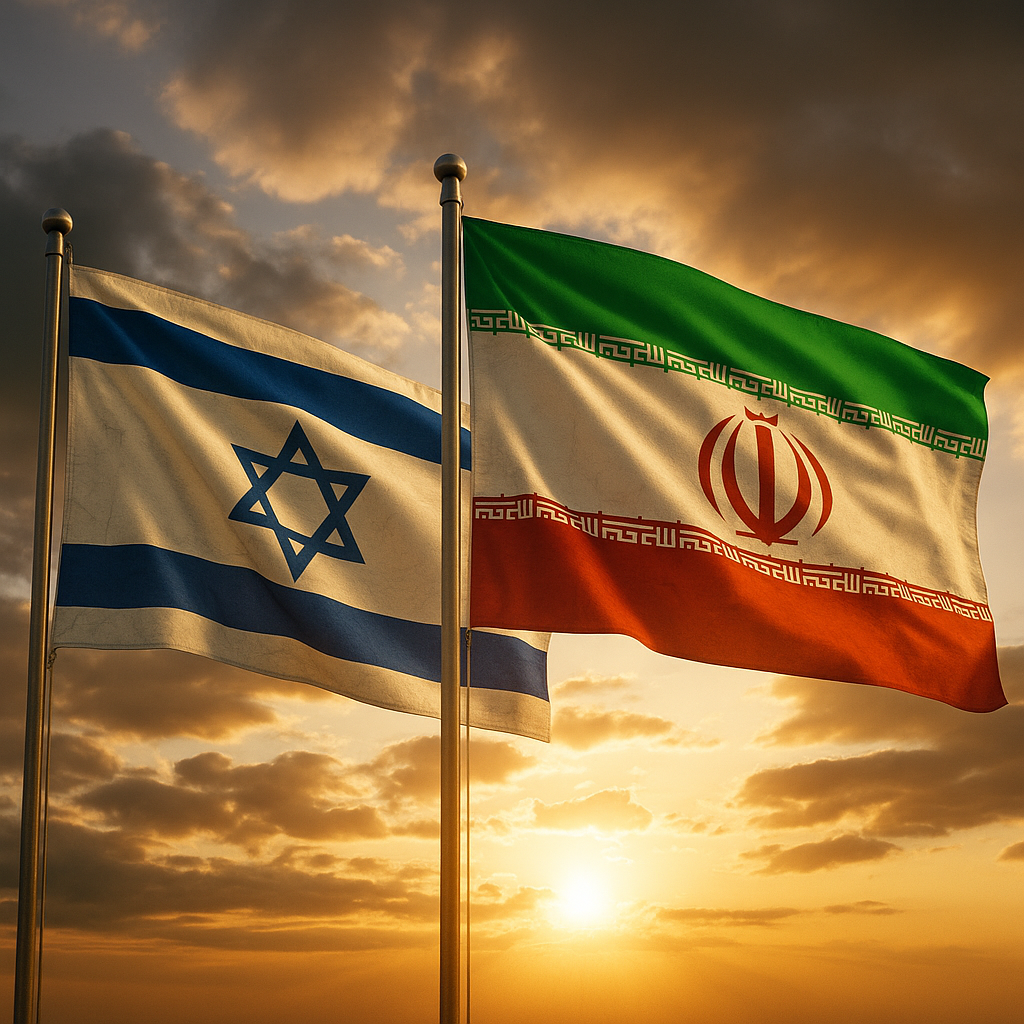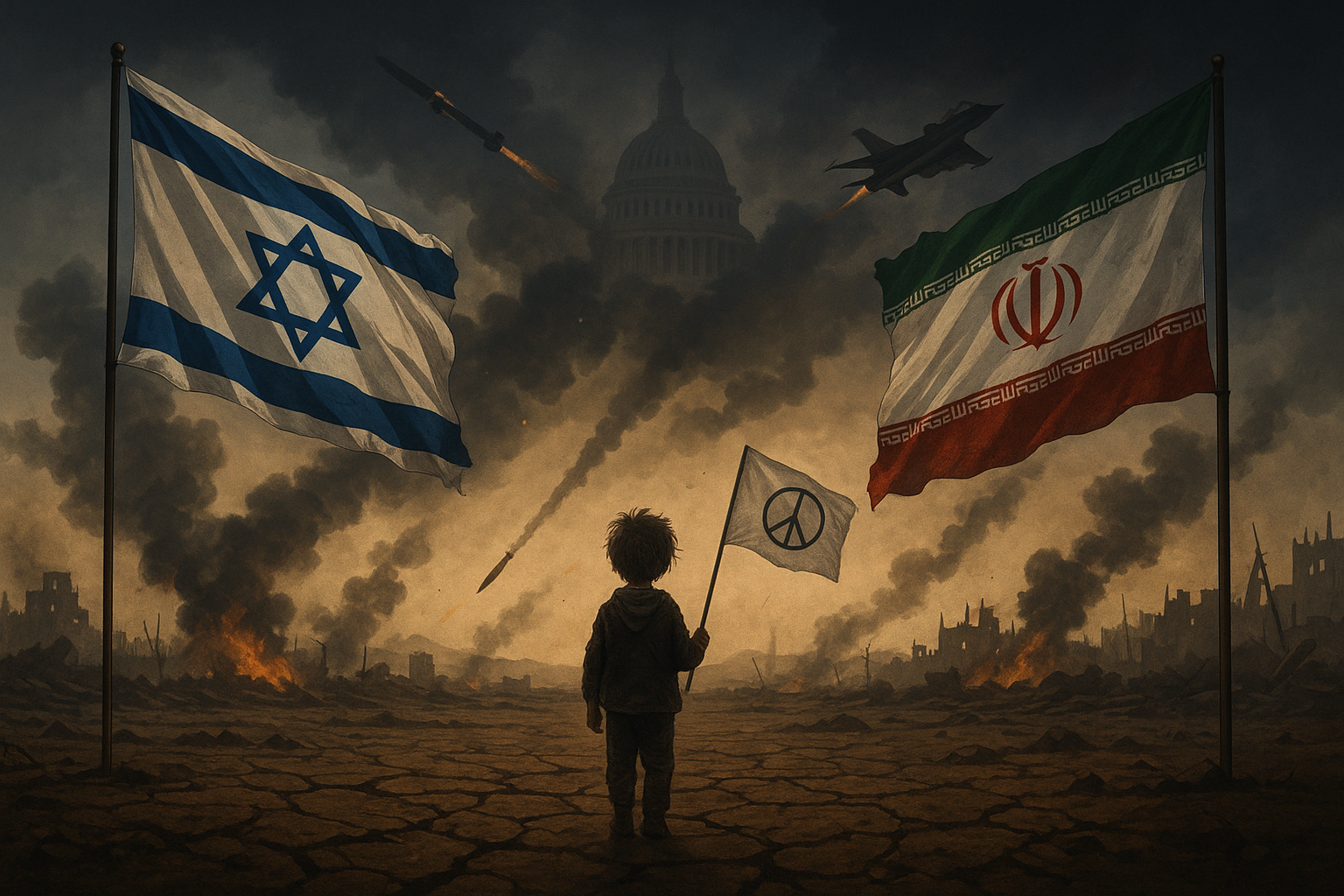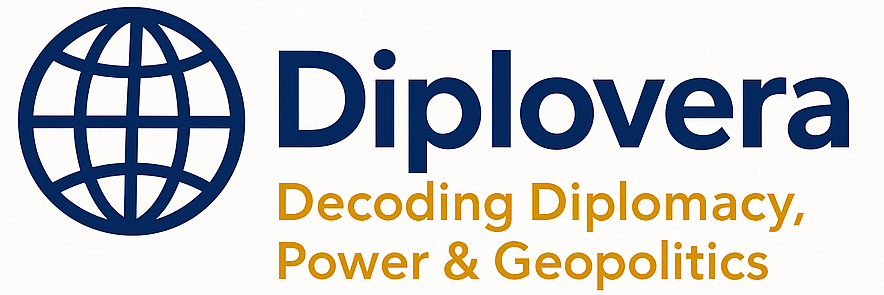Iran Under Fire: A U.S.-Backed War or Justified Preemption?

The Israel–Iran conflict has now exploded into a new phase — one that no longer hides behind covert operations or proxy warfare. This is now a direct confrontation, openly involving the United States and threatening to destabilize not just the Middle East, but global security as a whole. June 13, 2025: Israel’s Massive Strikes In a shocking escalation, the Israeli military launched Operation Burning Edge, striking over 100 Iranian targets in a single night. These included missile storage facilities, command centers, and suspected nuclear infrastructure near Arak and Natanz. Iranian sources reported hundreds of casualties, including civilian deaths, as the strikes extended to dual-use facilities in populated areas. Tel Aviv justified the operation as a "preventive strike," but the scope and impact stunned the international community. June 21–22: The U.S. Enters the Fray Less than two weeks later, the United States escalated the conflict further by launching B-2 bombers, Tomahawk cruise missiles, and cyberattacks on Iran’s nuclear facilities in Fordow, Natanz, and Isfahan. U.S. officials called the attacks "surgical" strikes aimed at disabling Iran’s enrichment capabilities. Experts, however, warned these actions risk releasing radioactive material. Iran called the attacks an act of war and vowed unrelenting retaliation. The world now stands on the edge of a potentially uncontrollable escalation.
To understand the present, we must revisit the past. The roots of U.S.-Iran tension trace back to 1953, when the CIA and British intelligence orchestrated a coup to remove Iran’s democratically elected Prime Minister Mohammad Mossadegh. His key move was nationalizing oil. Reinstating the Shah led to decades of authoritarian rule and growing resentment. The 1979 Iranian Revolution transformed the region. Ayatollah Khomeini’s rise severed ties with the West and Israel. The U.S. Embassy hostage crisis followed, intensifying American distrust. Since then, the relationship has been defined by hostility, proxy conflict, and sanctions. Simultaneously, the founding of Israel in 1948 and the Palestinian displacement became central to Islamic identity across the Muslim world. Iran initially had diplomatic ties with Israel, but the revolution reversed that, positioning Iran as Israel’s strongest regional opponent.
The Israel-Iran conflict has traditionally been fought through proxies. Israel views Hezbollah and Hamas as Iranian assets. Iran supports them to undermine Israeli dominance and project regional power. The nuclear issue has long been a flashpoint. The 2015 JCPOA temporarily reduced tensions. Iran limited its nuclear activity in return for sanction relief. In 2018, the U.S. withdrew under President Trump, reigniting Iran’s uranium enrichment and raising alarms in Tel Aviv. In January 2020, the U.S. assassinated Iranian General Qassem Soleimani, prompting missile retaliation from Iran against U.S. bases in Iraq. Since then, a fragile but hostile status quo has persisted — but now after starting of Gaza War, it has changed dynamically.

U.S.-Israel and Iran While the Iran-Israel conflict grabs headlines, the shadow of American strategy looms large. The United States has, for decades, sought to control the Middle East’s geopolitical balance. It supports Israel unconditionally, and increasingly sees Iran as the central threat to that balance. This is not new. From Iraq to Libya, the U.S. has a long history of regime change. Critics argue that the current Israel-Iran crisis is not just about nuclear threats or regional influence. It's about resetting the Middle East, and Iran's current regime is the primary obstacle. America’s closest regional allies—Saudi Arabia, the UAE, and Egypt—are largely silent. They either fear Iran's power or align more closely with American interests. The real losers, however, are the civilians. In Gaza alone, over 57,000 lives have been lost, with countless children suffering malnutrition and lack of access to basic resources. The silence of the international community, particularly other Muslim-majority nations, has been deafening.

The Role of the Muslim World — Deafening Silence or Strategic Complicity? There are over 57 Islamic countries in the world. Many of them, especially those in OPEC, possess immense wealth and influence. Yet, when Gaza was reduced to rubble, and now as Iran stands threatened, few have dared to act. Why? The answer lies in weak leadership, fear of U.S. repercussions, and economic entanglement. Countries like Saudi Arabia and the UAE maintain close ties with the West. Others, like Egypt and Jordan, depend on U.S. aid. Even Turkey, once vocal, has treaded carefully. Iran, despite its economic struggles and international isolation, has positioned itself as the only Muslim nation actively confronting Israel. Whether through Hezbollah or its diplomatic defiance, it has captured the imagination of many in the Muslim world. In the streets, common people in places like Pakistan, Lebanon, and even Indonesia admire Iran’s resilience.
"“In today’s interconnected world, wars no longer stay regional. What starts in Gaza or Tehran will ripple through London, New York, Riyadh, and Islamabad. This is not just Iran’s battle — it’s a test for global conscience.”"
A potential assassination of Iran’s Supreme Leader would be a tectonic event. Unlike military leaders, he embodies the ideological and spiritual identity of the Islamic Republic. For many Muslims, especially the marginalized and oppressed, he represents defiance against imperialism. If Israel or the U.S. were to carry out such an operation, the consequences would be catastrophic. Protests would erupt across the Muslim world. Middle Eastern regimes may face internal instability. Groups like Hezbollah would escalate attacks. The region would plunge into chaos, perhaps beyond the scope of even American or Israeli control. Beyond leadership, the ongoing U.S. and Israeli strikes on Iran’s nuclear facilities carry profound long-term risks. While described by officials as “surgical,” these strikes could cause radioactive leaks, especially at sites like Natanz and Fordow, which store enriched uranium and sensitive nuclear material. Even without immediate radiation fallout, repeated attacks risk damaging containment structures, destabilizing the facilities, and increasing the chance of a future nuclear accident. Strategically, these attacks may push Iran to withdraw from the Non-Proliferation Treaty (NPT) entirely — accelerating a potential arms race in the Middle East. The strikes also embolden Iran’s hardliners, further weakening voices in favor of diplomacy or reform.
This is no longer a regional skirmish. It’s a global fault line with the potential to reshape the 21st century across multiple dimensions — humanitarian, environmental, economic, and nuclear. Radiation Fallout Iran’s nuclear sites are close to major cities. Any military strike risks releasing radioactive contamination that could affect not just Iran, but neighboring countries like Iraq, Afghanistan, and Pakistan. Refugee Crisis Iran’s population of over 85 million, coupled with instability in Syria and Afghanistan, could unleash the largest refugee crisis in modern history. Europe, Turkey, and Pakistan would bear the fallout. Oil as a Weapon Any Gulf conflict could block the Strait of Hormuz, through which nearly 30% of the world’s oil passes. That would spark oil price surges, global inflation, and recession. Nuclear Escalation by Proxy Though Iran lacks nuclear weapons, Pakistan has them. If it aligns ideologically or militarily with Iran, nuclear tension could enter the equation. Even threats alone would destabilize the region. Great Power Exploitation China and Russia could exploit the situation. China might act as a mediator while securing oil deals. Russia, hostile to NATO, may increase military support to Iran and deepen its footprint in the Middle East. Still Time for Diplomacy Despite the bombings, diplomacy is still possible. Oman, Qatar, and the UN could mediate. Arab nations could intervene diplomatically. The U.S. itself could pivot — choosing stability over expansion. Because if this war spirals further, it won’t stop in Tehran. Its shockwaves will be felt worldwide.
CIA Documents on Operation Ajax (1953), The Iran Nuclear Deal – JCPOA Factsheet, U.S. State Department UNHCR Reports on Gaza Displacement, U.S. Congressional Research on Iran Sanctions




